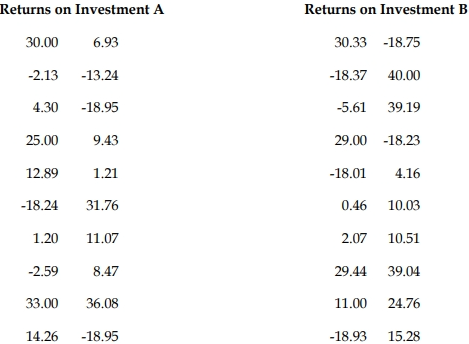- 1 Marks
QTB – May 2017 – L1 – SA – Q9 – Data Collection Analysis
This question identifies the reasons why the mean is preferred for statistical calculations.
Question
The mean is the most commonly used statistics for further statistical calculations because it:
A. Tends to lie at the centre of a set of data
B. Is easy to calculate
C. Takes all observations in the data into consideration
D. Is the most popular
E. Is not affected by extreme values in the data
Find Related Questions by Tags, levels, etc.
- Tags: Central Tendency, Mean Calculation, Statistical Calculations
- Level: Level 1
- Topic: Data Collection Analysis
- Series: MAY 2017


